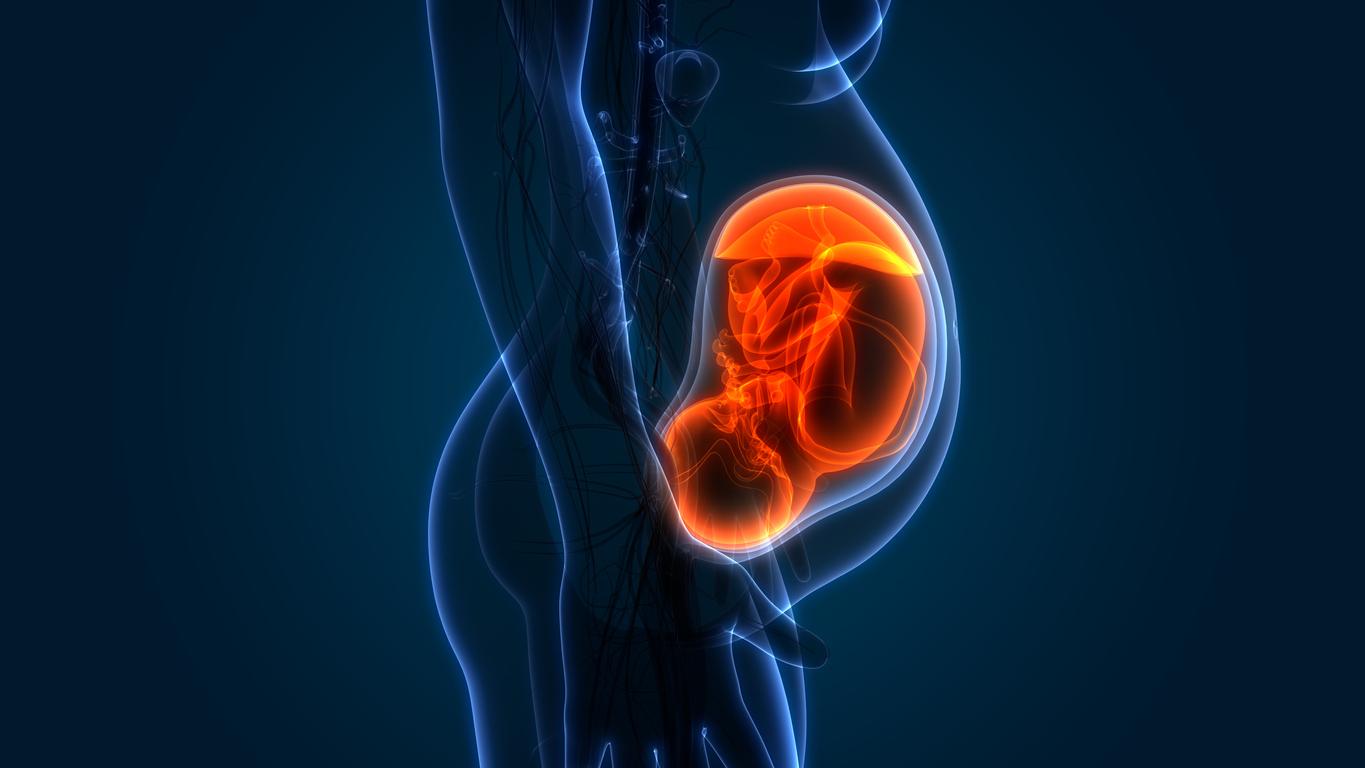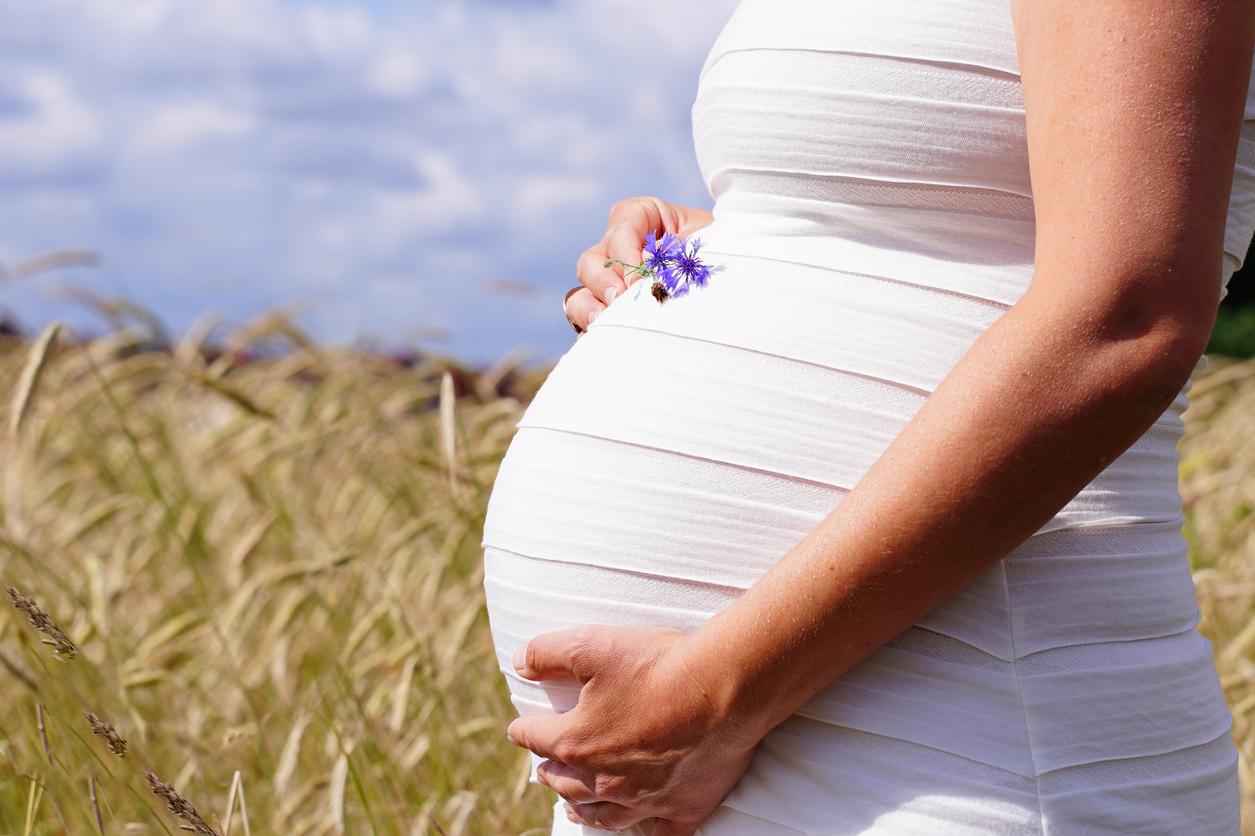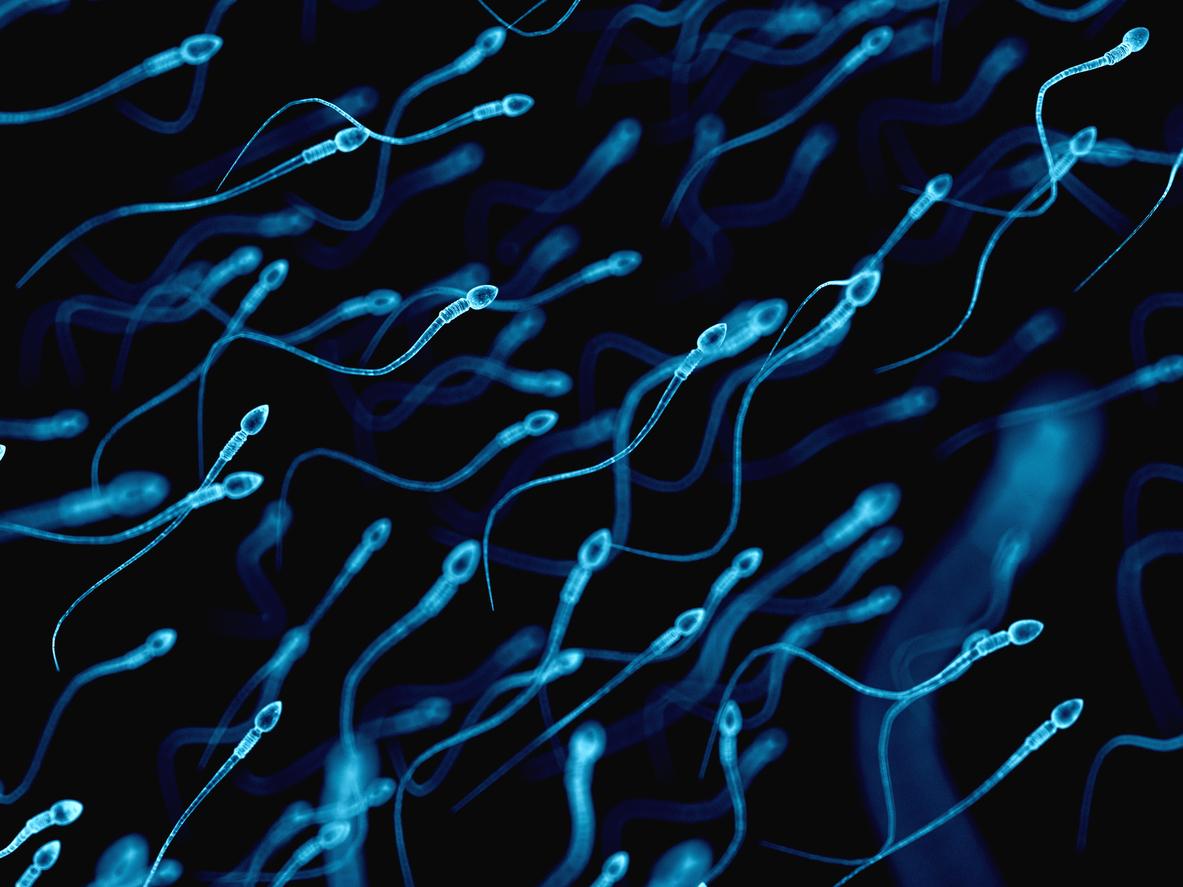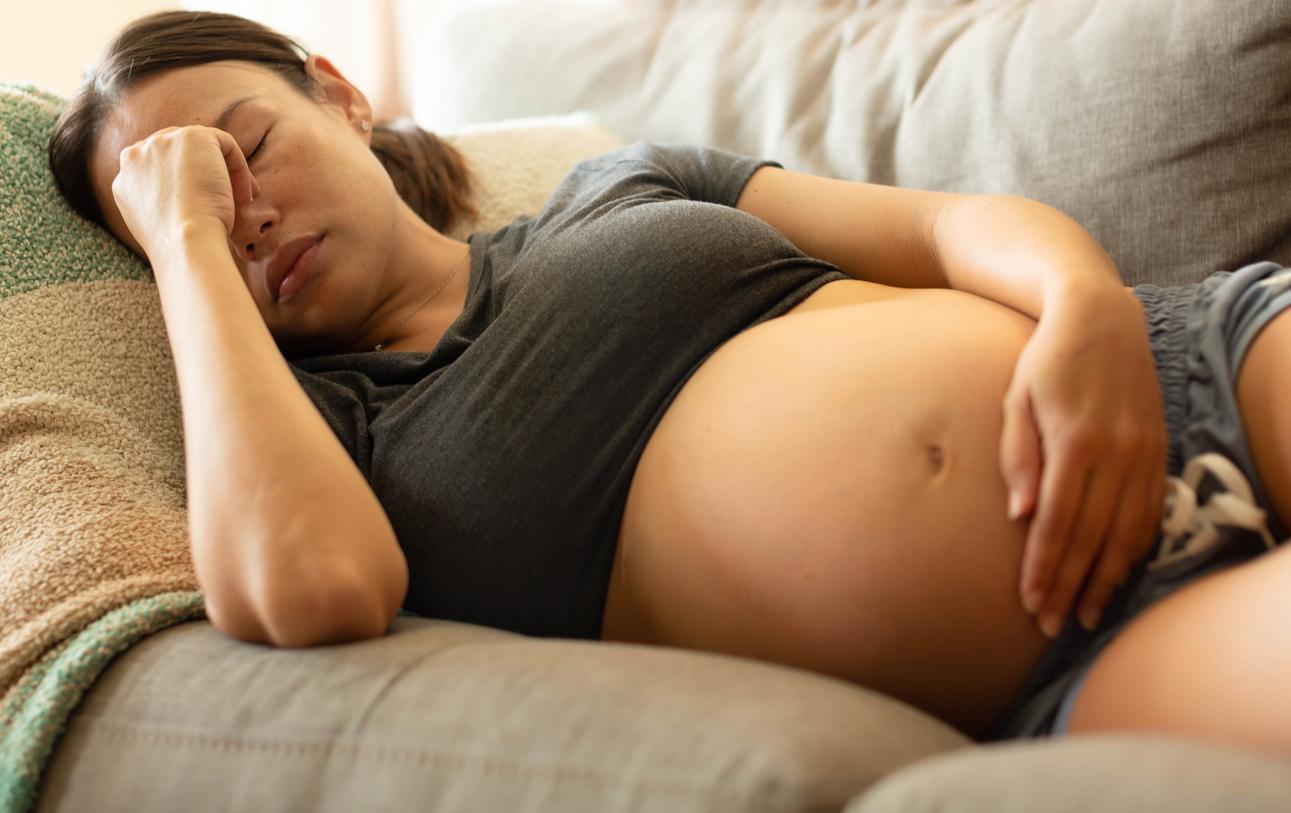Women who have a perineal incision before childbirth are more at risk of developing low self-esteem.
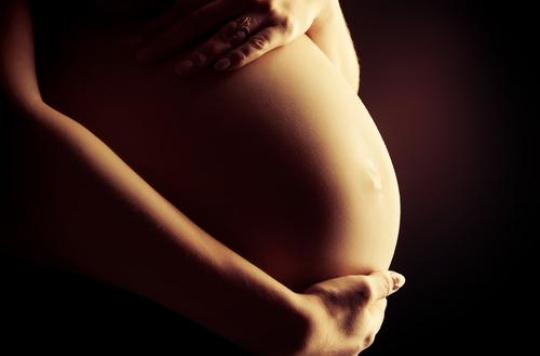
The episiotomy is not trivial on the psyche of the women who undergo it. This surgical act, which consists of incising the perineum at the time of childbirth, would indeed leave psychological sequelae, according to a study published in the journal International Journal of Women’s Health.
Research shows that after an episiotomy, women are more likely to develop a poor body image and less satisfying sex life than those who give birth without an episiotomy and whose perineum naturally tears and repairs itself.
This work from the University of Michigan suggests that the episiotomy, common since the 1980s, does not lead to a more aesthetic reconstruction of the perineum than when the organ is torn and rebuilt on its own, without surgery, contrary to popular belief. received.
Changes in the genital area
Already, the literature has shown that episiotomy does not provide health benefits. However, this work looks at a data less investigated by science: the perception of women on the visual and aesthetic appeal supposedly linked to this intervention.
The work was based on the experiences of 69 women, questioned about their sexual esteem and the perception of their body and their gender. The objective was to understand if the changes made in the genital area had an impact on their sexual esteem.
Of all the women surveyed, 84% described vaginal and anal changes after birth. While most women did not have low self-esteem for their sexuality and their body, those who said they had developed this negative image had undergone an episiotomy.
Incision and stitches
According to the authors, the presence of a surgical incision and stitches could draw the attention of women to the vaginal and anal area, hence the development of a negative image related to these areas and increased suffering. at the time of healing. This track could explain the results.
In the United States, about 12% of pregnant women undergo an episiotomy, with wide variation in practices depending on hospitals and healthcare professionals. “What worries us is the fact that we are exporting these practices to developing countries, where the rate of episiotomy is very high, especially among women giving birth for the first time,” write the authors.
In France, the episiotomy rate is starting to drop, after having been particularly high. In 2010, according to the National Perinatal Survey, 44% of women giving birth for the first time underwent an episiotomy, against 71% in 1998. For subsequent deliveries, this rate drops to 14% against 36% twenty years ago.
.









